How to Store Furniture
How to Store Furniture
- 🧹 Clean and Disassemble
Clean your furniture thoroughly before storing it, and disassemble larger pieces like bed frames and tables to save space and prevent damage. - 🛋️ Use Protective Covers
Wrap your furniture in protective covers, such as moving blankets or plastic wrap, to shield it from dust, dirt, and moisture during storage. - 📦 Choose the Right Storage Space
Store furniture in a dry, climate-controlled area to prevent damage from humidity, and ensure items are off the ground to avoid exposure to moisture.
Furniture is a significant investment for any home, and proper storage is essential to preserving its condition and value. Whether you’re moving, downsizing, or just need to make room for new pieces, knowing how to store furniture properly can save you a lot of headache and expense in the long run. In this post, we’ll go over the steps you should take to prepare, pack, and store your furniture safely and efficiently.
Preparing furniture for storage is an important step in ensuring that it stays in good condition while in storage. By taking the time to clean and repair any damages or wear, you can prevent further damage and extend the life of your furniture.
- It is crucial to clean your furniture before storing it to get rid of dust, filth, and other debris that can gather over time. This helps keep mould and mildew from growing in storage as well as improving the appearance of your furniture. When cleaning, wipe off the surface of your furniture with water and a light detergent. Make sure to completely dry it before storing to avoid the growth of any mould or mildew.
- Additionally, it’s crucial to take out any cushions or removable components that can be misplaced or harmed while being stored. This includes taking off any adjustable legs, arms, or pillows and putting them aside in a marked container. By doing this, any loss or damage to these components during storage will be avoided.
- Now is the time to do any minor necessary repairs. It doesn’t matter if it’s a chair with a loose leg, a table that wobbles, or a minor tear in a cushion; if you correct these problems now, they won’t grow worse later. For instance, a chair with a loose leg may become unstable and dangerous to sit on. Before storing it, you can fix it to prevent additional damage and prolong the chair’s lifespan.
Choosing a Storage Location
Choosing the right storage location for your furniture is crucial in ensuring its preservation and protection. There are a few options to consider, and each has its own set of pros and cons.
The best option for storing furniture is indoor storage, like a storage unit or a spare room in your house. You can regulate the humidity and temperature, and it is weatherproof. Since indoor storage units are usually climate-controlled and provide greater protection from the weather they can help shield your furniture from damaging environmental components like high humidity, severe temperatures and other environmental factors.
As long as you take precautions to shield your furniture from the elements, outdoor storage can also be effective. Typically, outdoor storage areas include a roof and walls, which can offer some weather protection. But because they don’t have climate control, they can’t protect your furniture from high or low humidity levels. Use furniture covers or tarps to shield your furniture from the sun, rain, and other natural elements if you decide to store it outdoors.
If you’re storing furniture for a long time, climate-controlled storage is a fantastic choice because it keeps the temperature and humidity constant, preventing warping, cracking, and mould growth. Furniture can be protected from severe temperatures and humidity in climate-controlled storage units, which are normally enclosed and isolated. They may also have dehumidifiers to manage moisture levels, which can benefit in preventing the growth of mould and mildew.
Think about the type of furniture you’re keeping, how long you plan to keep it there, and the local environmental conditions before choosing a storage place. The place that offers the most protection from the elements, and the most control over temperature and humidity is the best place to store your furniture.
Read also: Guide on Renting a Storage Unit
Properly Packing Furniture for Storage
In order to keep furniture in good condition while in storage, it is crucial to pack it properly. The secret, is to keep it as free from scratches and other sorts of damage as you can.
- To begin, cover each piece of furniture with furniture protectors or moving blankets. This will act as a form of insulation, preventing scratches during transportation. Be sure to cover all areas, including the corners, arms, and legs.For further protection, you can also use furniture coverings or plastic wrap.
- To keep the furniture from shifting or moving during transportation, use ropes or straps to fix it in place. For larger and heavier pieces of furniture like sofas, armchairs, and dining tables, this is especially crucial.
- To avoid bending or warping be careful to store the furniture in the proper position. For instance, avoid storing a wooden table on its side because doing so can eventually cause the furniture to warp.
- It’s also crucial to take apart any removable pieces. It will be simpler to move this way, and it will also help keep everything safe from harm. For instance, a table or bed frame can be made easily transportable and compact by removing the legs.
Also, use packing peanuts, bubble wrap, or foam to further cushion the furniture from dents and scratches. This will assist in maintaining the furniture’s shape and avoiding surface scratches.
Read also: How to Pack House for Move
Long-term Furniture Storage Tips
It’s crucial to frequently check on furniture when storing it for a lengthy period to make sure it’s still in good shape. It’s also essential to keep a proper storage environment. For the purpose of avoiding warping, cracking, and mould formation, this also entails regulating the temperature and humidity levels.
Using pest control methods to prevent damage to your furnishings is another crucial step. Using cedar chips or mothballs to deter bugs is one option, as is setting traps around the storage room to catch pests that do get in.
Furniture needs to be stored properly to maintain its quality and value. You can make sure that your furniture stays in excellent condition whether you’re storing it for a few months or several years by following the instructions above.
To maintain a suitable storage environment, keep in mind to clean and repair your furniture before storing it. Also, select the ideal storage site, pack and lock your furniture securely, and periodically check on it. You can preserve the new appearance of your furniture for many years with a little tender loving care
Move Out Mates Services in London
Check out our top-rated cleaning services across London, always just a call away! With Move Out Mates, expert cleaning is always near you, ready to make your move easier.
Move out Mates Customer Say`s:
Here’s a selection of feedback from our customers who are thrilled with the exceptional service they received and couldn’t be more satisfied!
Get Your Free Quote Today!
Contact Move Out Mates now to request your free, no-obligation quote and take the first step towards stress-free cleaning services.


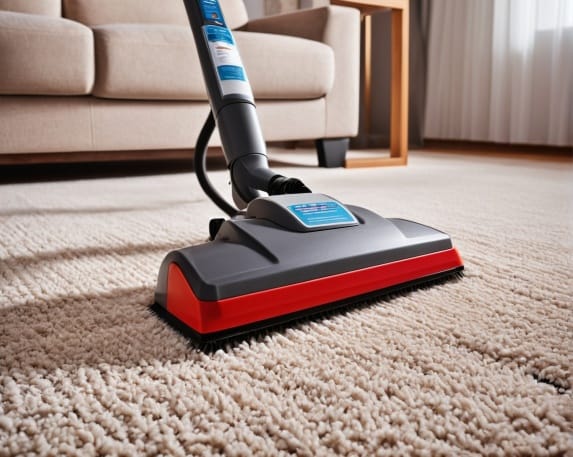

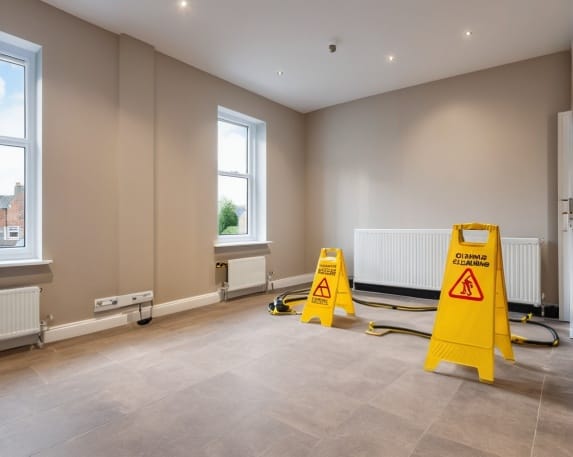
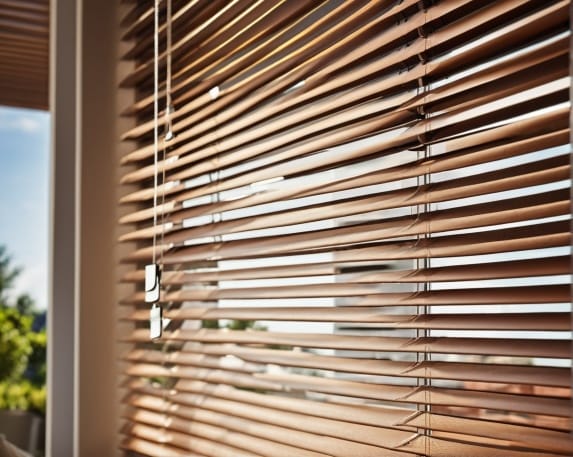


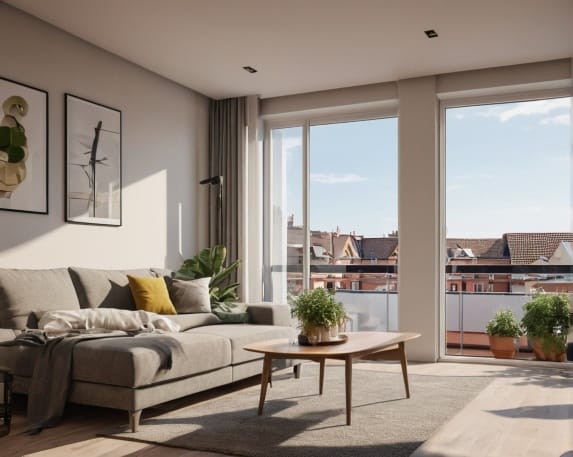


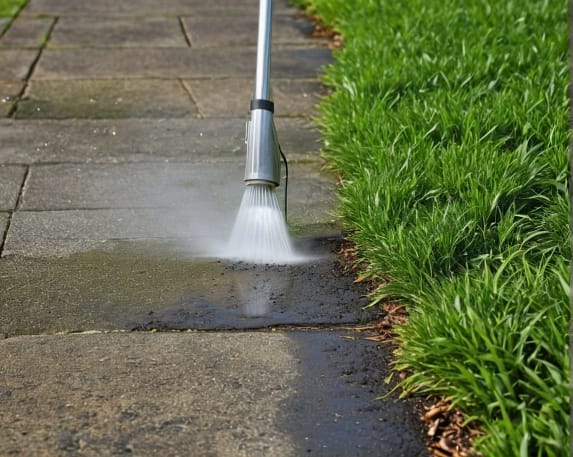

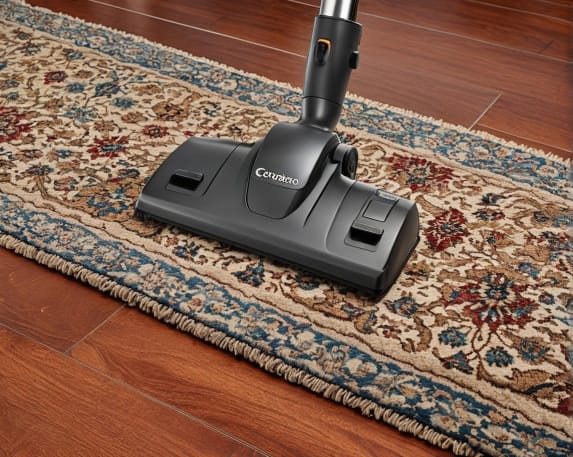
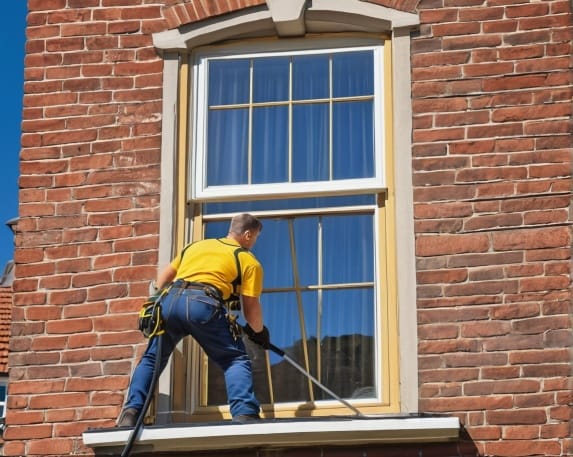
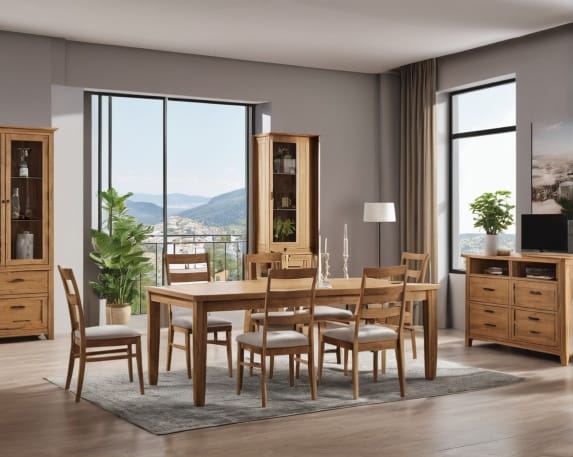
Leave a Reply